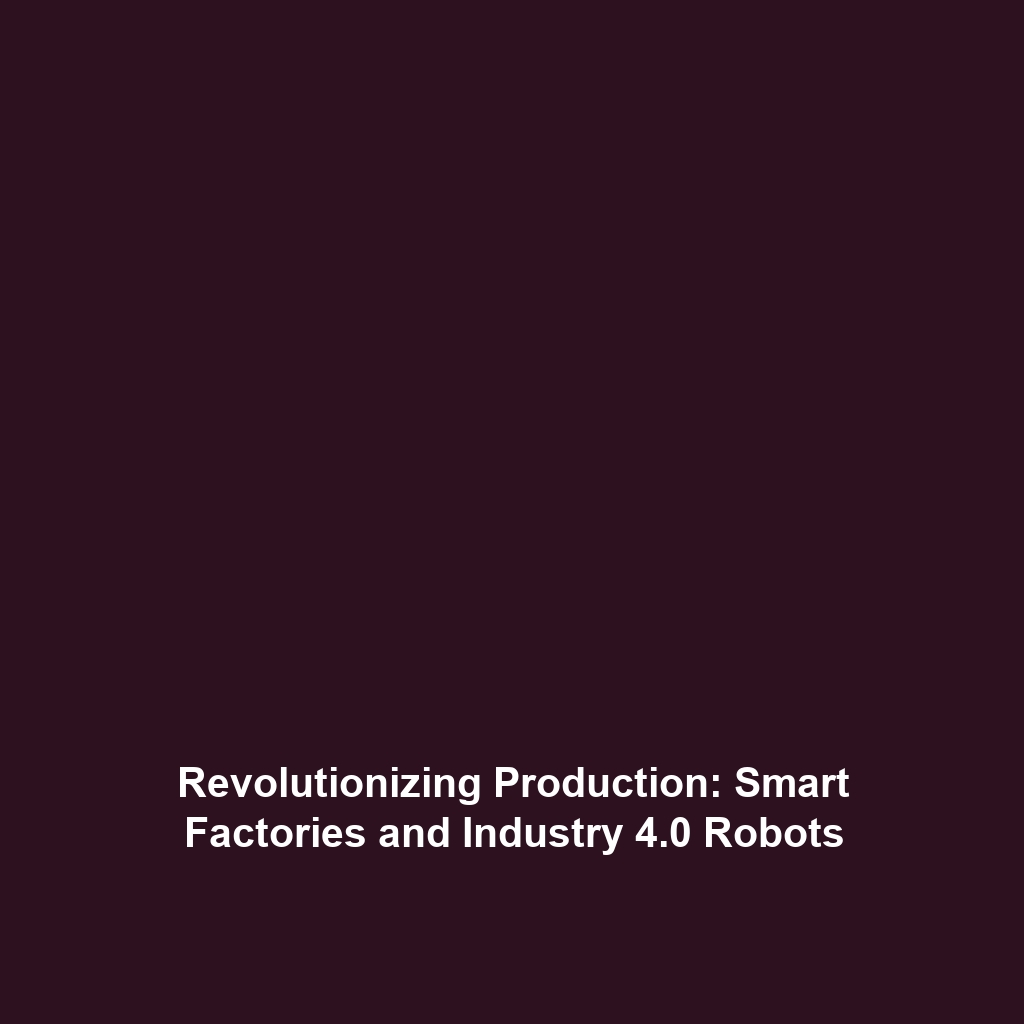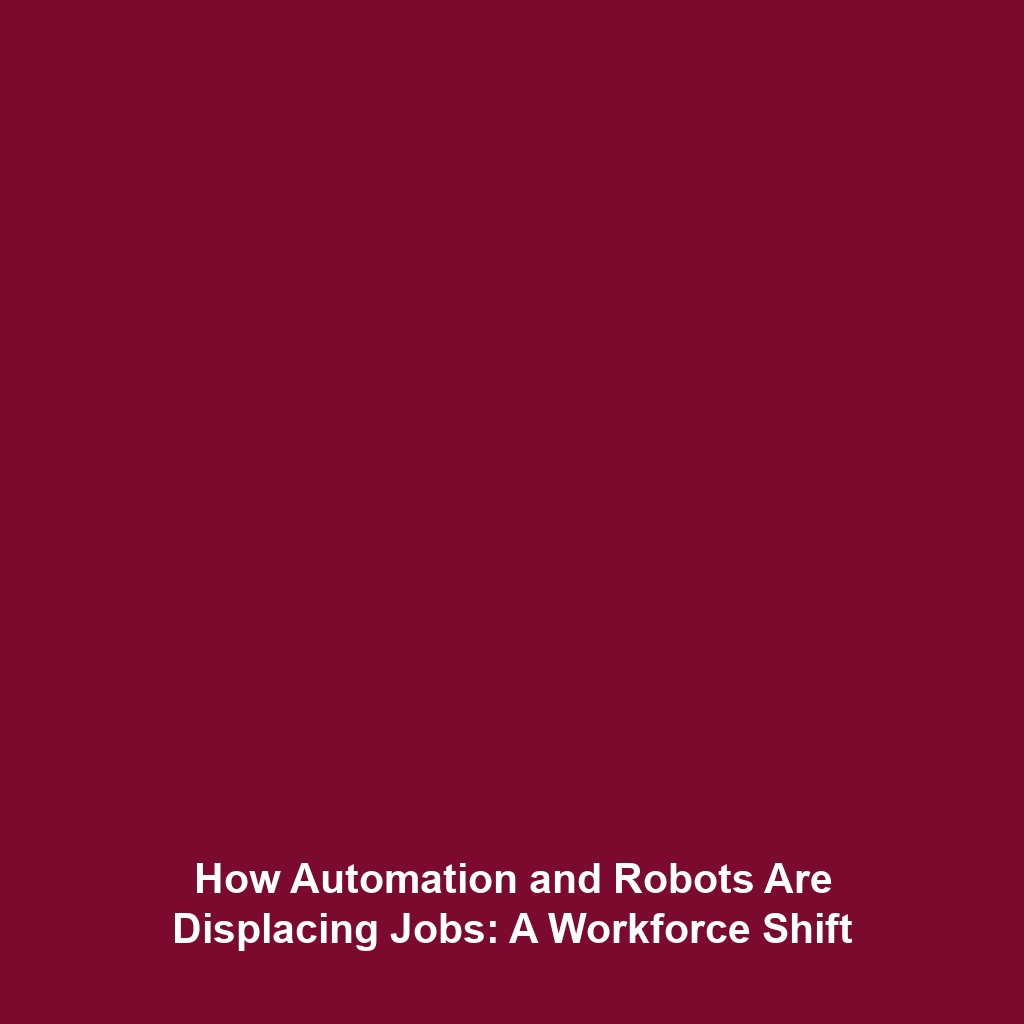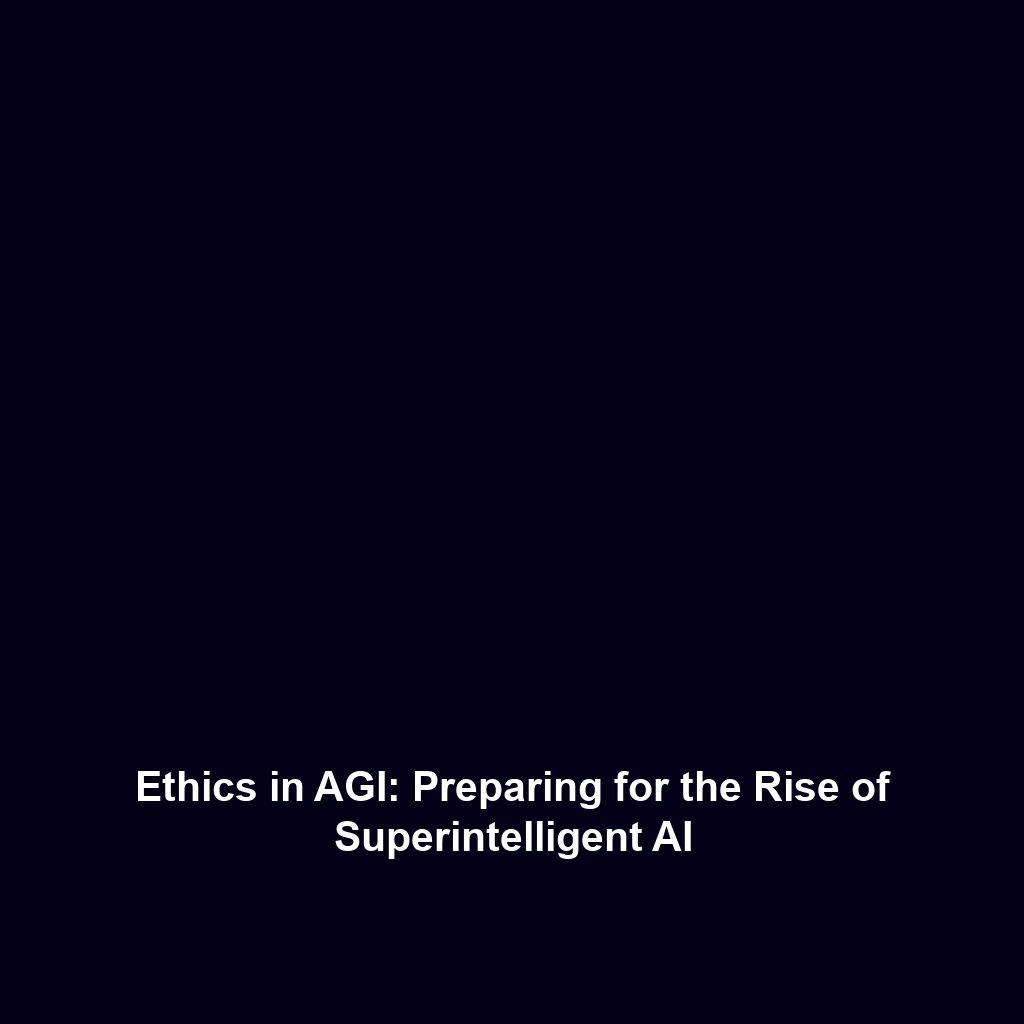Future Trends: Robots with AI Systems Predicting Optimal Planting and Harvesting Times
Introduction
The integration of artificial intelligence (AI) within autonomous robots is revolutionizing the agricultural sector. As the global population continues to grow, the need for efficient farming practices has become increasingly critical. This article explores how robots equipped with AI systems are capable of predicting optimal planting and harvesting times, enhancing productivity and sustainability in farming. Understanding these trends is essential for stakeholders in the agricultural industry, ensuring they remain competitive through the adoption of advanced technologies.
Key Concepts
Autonomous Robots in Agriculture
At the heart of the future trends in agricultural practices are autonomous robots that utilize AI. These machines are designed to operate independently, making decisions based on data analysis without human intervention. Key concepts include:
- Machine Learning: AI systems learn from historical data to predict the best times for planting and harvesting.
- Data Analytics: Collected data from environmental sensors helps in making informed decisions.
- Precision Agriculture: This approach maximizes crop yields while minimizing waste, water usage, and pesticide application.
Applications and Real-World Uses
How AI Robots Are Used in Agriculture
The applications of robots with AI systems in agriculture are diverse and impactful. Some significant uses include:
- Automated Sowing: AI robots analyze soil conditions to determine the optimal timing and method for planting seeds, improving crop success rates.
- Harvest Scheduling: AI-driven analysis of crop health and environmental factors allows robots to schedule harvesting at peak times for maximum yield.
- Weed and Pest Control: Robots can also identify potential threats and execute interventions at precisely the right moment, reducing reliance on chemical treatments.
Current Challenges
Challenges of Predicting Optimal Planting and Harvesting Times
While the potential is vast, several challenges hinder the widespread adoption of autonomous robots in agriculture, including:
- High Initial Investment: The cost of deploying AI technologies can be prohibitive for small and medium-sized farms.
- Technical Limitations: Current technologies may struggle with varying climatic conditions, affecting accuracy in predictions.
- Data Privacy Concerns: The collection and use of agricultural data raise ethical questions regarding privacy and ownership.
Future Research and Innovations
Looking ahead, ongoing research and innovation are expected to address the existing challenges and enhance the capabilities of AI robots in agriculture. Potential future developments include:
- Improved Algorithms: Enhanced machine learning algorithms will lead to more accurate predictions regarding planting and harvesting times.
- Integration with IoT: Connecting robots to the Internet of Things (IoT) will facilitate real-time data analysis and decision-making.
- Modular Robotics: Developing adaptable robots capable of performing multiple functions will increase their utility and reduce costs.
Conclusion
The future of autonomous robots in agriculture is promising, with AI systems paving the way for enhanced efficiencies in planting and harvesting. As these technologies advance, they are likely to transform how we approach farming, ensuring food security in the years to come. Stakeholders should consider integrating these innovations and remain informed on developments in this dynamic field. For further reading on autonomous robotics in agriculture, explore our articles on applications of robotics and future trends in agriculture.






